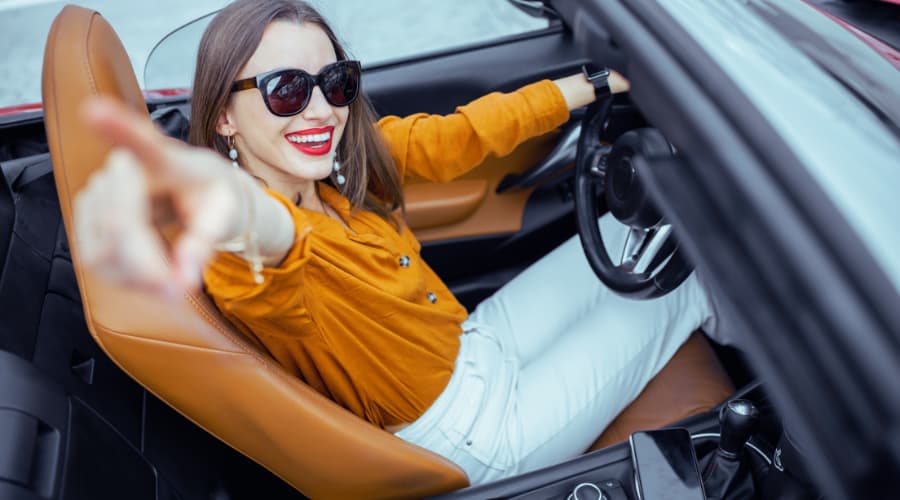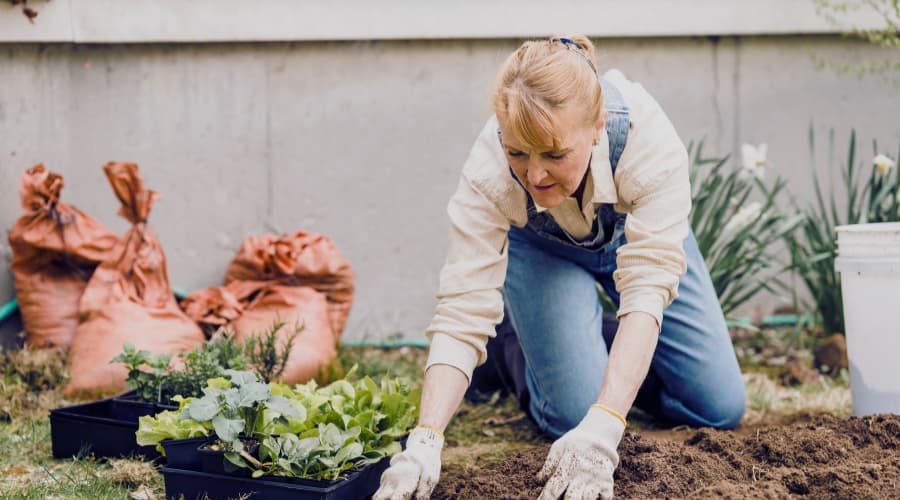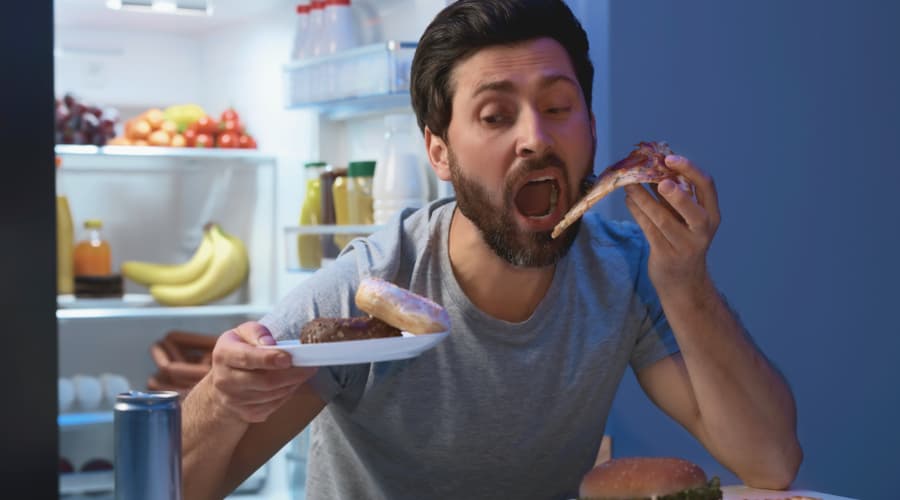Peyronie’s disease is characterised by the formation of fibrous scar tissue within the penis, which can cause pain, curvature, and difficulty with erections. The symptoms of Peyronie’s disease can vary from person to person, and some men may not experience any symptoms at all.
While there is no cure for Peyronie’s disease, exercise can help manage the symptoms and improve the quality of life for those affected. Stretching exercises can be beneficial in reducing curvature and increasing flexibility.
Exercises for Managing Peyronie’s
Stretching Exercises
f
Stretching exercises involve gently pulling the penis in different directions to help reduce curvature and increase flexibility. One effective exercise is the “V-stretch,” in which the penis is held at the base and pulled upward, then to the left and right. This should be done for several minutes each day.
Benefits: Stretching exercises can help reduce curvature and improve flexibility, making erections easier and more comfortable.
How to perform the “V-stretch”:
- Hold the penis at the base with your thumb and forefinger.
- Gently pull the penis upward and hold for 30 seconds.
- Release and repeat, this time pulling the penis to the left and holding for 30 seconds.
- Release and repeat, this time pulling the penis to the right and holding for 30 seconds.
- Repeat this exercise several times per day.
Kegal Exercises
Kegel exercises involve contracting and relaxing the muscles that control urination and ejaculation. Kegel exercises can help improve blood flow to the penis and may help reduce pain and improve erections.
Benefits: Kegel exercises can help improve blood flow to the penis, reduce pain and discomfort, and improve erections.
How to perform Kegel exercises:
- Identify the muscles that control urination by stopping urination midstream.
- Once you have identified these muscles, contract them and hold for 5 seconds.
- Relax the muscles for 5 seconds.
- Repeat this exercise 10-20 times, three times a day.
Massaging Exercises
Massaging the scar tissue can help break it down and reduce pain. One effective massage technique is to use the thumb and forefinger to gently pinch the scar tissue and roll it between the fingers.
Benefits: Massaging exercises can help reduce scar tissue and alleviate pain and discomfort.
How to perform massaging exercises:
- Gently pinch and roll the scar tissue between your thumb and forefinger.
- Roll the scar tissue in different directions.
- Repeat this exercise several times per day.
Penile Traction Therapy
Penile traction therapy involves using a device that applies gentle, constant traction to the penis to help straighten it out over time.
Benefits: Penile traction therapy can help reduce curvature and improve the overall appearance of the penis.
How to perform penile traction therapy:
- Use a penile traction device as your healthcare provider directs.
- The device should be worn for several hours each day.
- The tension should be adjusted as directed by your healthcare provider.
- It may take several months to see results from this therapy.
Machine Assistance for Managing Peyronie’s
A vacuum erection device (VED) is a machine-assisted device commonly used to treat erectile dysfunction, including in individuals with Peyronie’s disease. The device consists of a plastic cylinder placed over the penis and a pump that creates the vacuum. A VED creates a vacuum around the penis, which draws blood into the organ and helps achieve and maintain an erection.
Benefits of VED:
- Using a VED can help achieve and maintain an erection, which can improve sexual function and intimacy for individuals with Peyronie’s disease.
- VED is a non-invasive treatment option less invasive than surgical interventions.
- VED is less expensive than other treatment options.
Method:
1. Apply lubricant: Apply a small amount of water-based lubricant to the base of the penis to create a seal.
2. Insert the penis: Insert the penis into the plastic cylinder, making sure that the base of the penis is flush against the cylinder.
3. Create a vacuum: Use the pump to create a vacuum around the penis. This should draw blood into the organ and cause an erection. Do not use the pump for more than 10 minutes at a time.
4. Maintain the erection: Once the erection is achieved, you can place a constriction ring around the base of the penis to maintain the erection. The ring should be removed after 30 minutes to avoid damaging the penis.
It is important to note that VEDs should be used under the guidance of a healthcare professional who can help you choose a suitable device and use it safely and effectively. While VEDs can help manage the symptoms of Peyronie’s disease, they may only work for some, and individualised treatment plans should be developed with a healthcare professional. Additionally, VEDs are not recommended for individuals taking blood thinners or who have a history of priapism (prolonged and painful erections).
Recap
Exercise can help manage the symptoms and improve the quality of life for those affected.
Stretching exercises, Kegel exercises, massaging exercises, and penile traction therapy are all practical exercises that can be used to manage the symptoms of Peyronie’s disease. Each exercise works slightly differently, but all of them are designed to improve blood flow, reduce pain and discomfort, and reduce the curvature of the penis.
Your healthcare provider can help you develop a safe and effective exercise program for your specific needs and recommend other treatments. In addition to exercise, conventional treatments such as medication, injections, surgery, and vacuum erection devices may also be recommended as part of a comprehensive treatment plan. It is essential to consult with a healthcare professional before starting any exercise program or using any medical device.
While Peyronie’s disease can be challenging to manage, with the right approach and treatment plan, individuals with it can find relief and improve their quality of life.
Related Articles
- Understanding Peyronie’s Disease: Causes, Symptoms, Diagnosis, and Treatment Options
- Testosterone Replacement Therapy (TRT) – What You Need To Know
- P-Shot Treatment for Erectile Dysfunction
- Impotence: Causes and Treatments
- Shockwave Therapy as a Treatment for Erectile Dysfunction




























